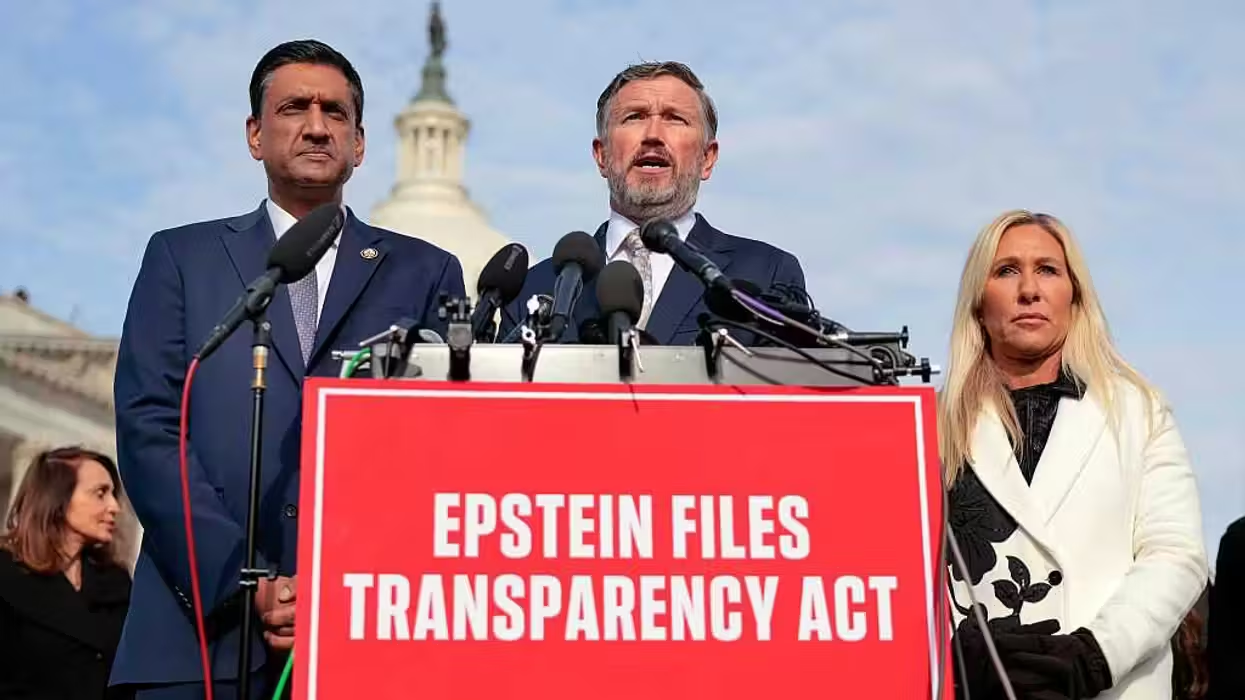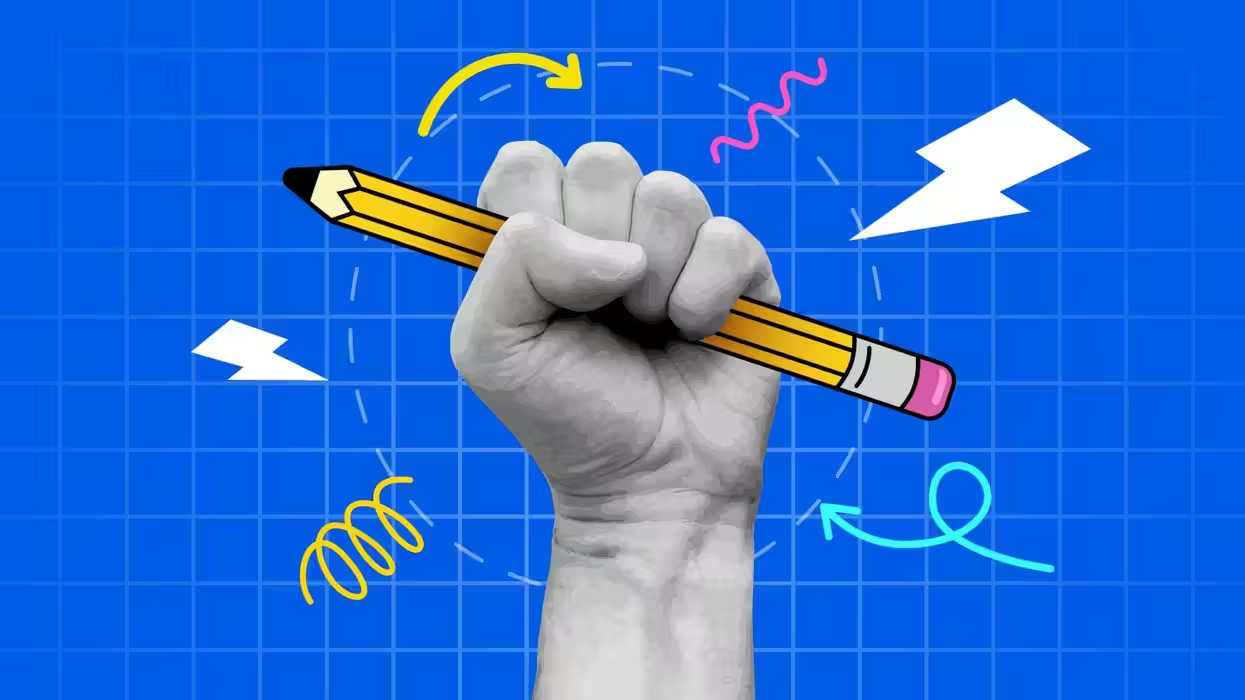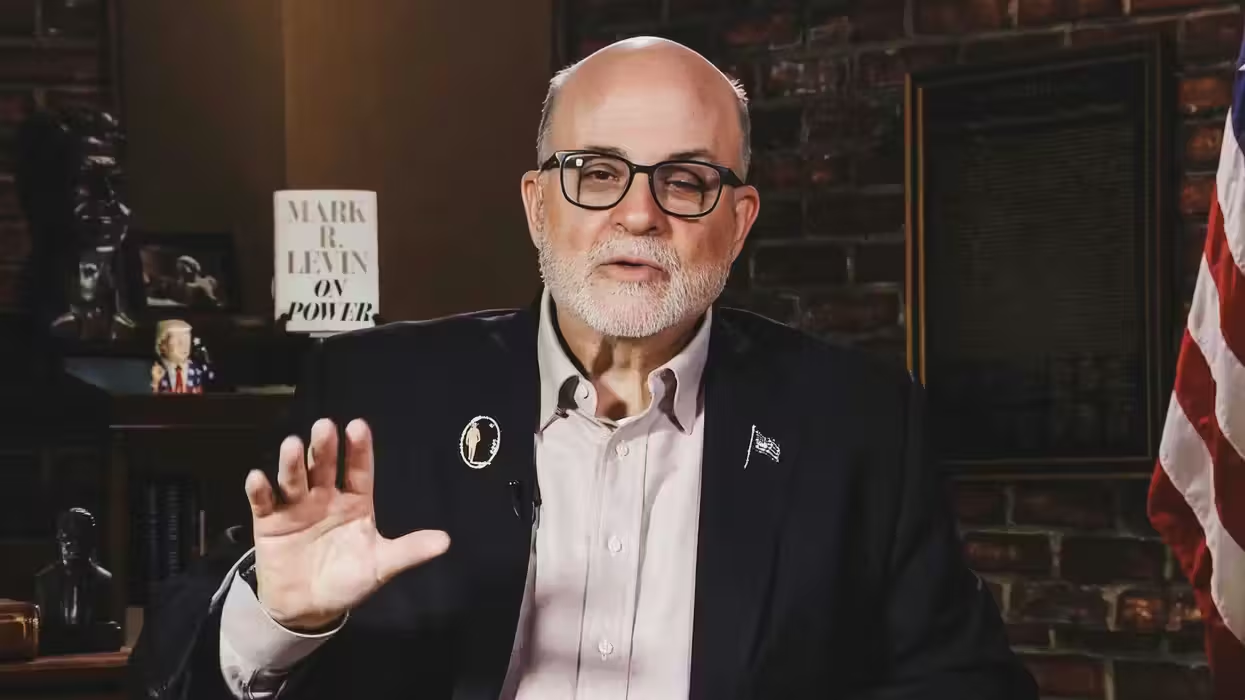HELENA, Mont. (AP) — Federal transportation safety officials are using the deadly crash of an overloaded plane in Montana to revive a long-standing debate about whether small children should be allowed to travel on the laps of adults.
The 10-seater plane crashed as it was landing in Butte in March 2009, killing all 14 people aboard, including seven children. Investigators say that several of the children were found far from the plane, suggesting that they weren't properly restrained.
The National Transportation Safety Board is asking aviation regulators to require all passengers to have their own seats and seat belts, including children under the age of 2 who are now allowed to sit on an adult's lap during takeoff, landing and turbulence.
The recommendation last month is similar to others the NTSB has submitted to the Federal Aviation Administration over the past two decades, only to be rebuffed. This time, the NTSB, which does not have rule-making authority, is using the Butte crash as an example.
"We strongly believe one seat, one person," said Nora Marshall, chief of NTSB survival factors in aviation safety.
FAA spokeswoman Alison Duquette said the agency will take a fresh look at the NTSB's recent recommendation, but the agency has no immediate plans to change its rules.
The Pilatus PC-12 was carrying three California families to a weeklong ski holiday in Bozeman, but then diverted to Butte for reasons that are still not clear and crashed into a cemetery next to the city's airport. The seven children aboard were ages 1 through 9.
The NTSB has not completed its investigation into the cause of the crash. But the NTSB has released some new information with its latest recommendation, saying that four of the children were thrown far from the plane.
The crash was so severe that it's unlikely anybody would have survived even with proper restraints, but the "accident renews the NTSB's longstanding concerns" about the restraints, the recommendation reads.
The FAA agrees that the safest place for an infant or a toddler on a flight is in an approved child restraint and not an adult's lap.
But the FAA won't make it a requirement because the agency believes many families with small children wouldn't pay the cost of an extra ticket, and instead would travel by highway, which statistically is much more dangerous than air travel.
Earlier in the decade, the FAA considered changing the rule, but decided against it, citing statistics from 2004 that showed nearly 43,000 people died on U.S. highways, compared to 13 fatalities on commercial flights.
The agency estimated then that a child-restraint requirement could result in 13 to 42 additional highway fatalities over 10 years.
"What we found was that there were some parents who would be sensitive to price and they would choose to drive instead of fly," Duquette said. "We would be forcing them into automobiles, which are less safe."
The NTSB conducted its own study in 2004 and concluded that real-world evidence from the aftermath of the Sept. 11, 2001, terrorist attacks contradicts the FAA's estimates.
The transportation safety board looked at travel between 2000 and 2002, when domestic plane travel decreased 8.3 percent and highway travel increased 4 percent as a result of the attacks.
There was a slight percent increase in overall highway fatalities, but the number of children under the age of 5 killed in highway accidents during that time actually decreased, the study found.
"There does not appear to be a clearly defined relationship between diversion from air travel and highway accidents or injury," the report concluded.
One NTSB member, vice chairman Christopher Hart, called it "futile" to keep making the same recommendation to the FAA and said the board should take a different approach.
"We have made that recommendation before, without success, and we have no reason to believe that this approach will achieve a better result this time," Hart wrote in a dissent to the August recommendation.
Instead, he said, the recommendation should be for the FAA to do more research that will lead the agency to the conclusion that there is no age where a lap child can be safely held, and force it to justify using the arbitrary age of 2 as the cutoff.
The Air Transport Association, which represents most of the airline industry, is staying out of the debate and declined to comment on what the effects would be on airlines if the rule were to change.
"We haven't seen any reason to change that rule," said David A. Castelveter, ATA's vice president of communications. "The rule is the rule and we fully comply."
Marshall of the NTSB said even if the transportation safety board can't persuade the FAA to change the rule, it is hoping crashes like the one in Butte will educate people about the importance of placing small children in their own seats with their own seat belts.
"We have this message and the vehicle to get the message out. It starts with an accident," she said.







